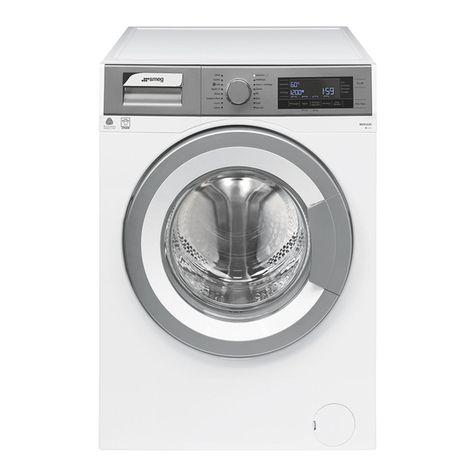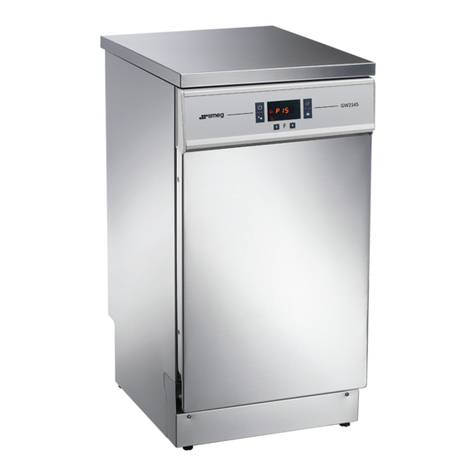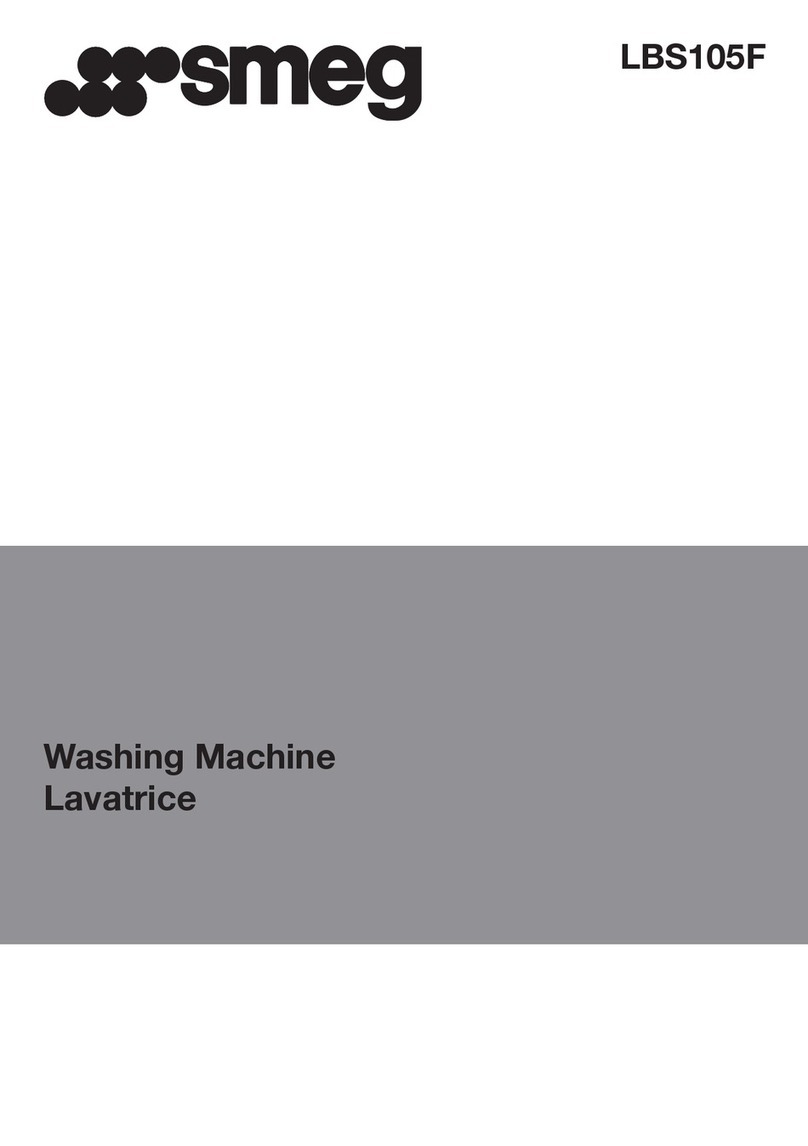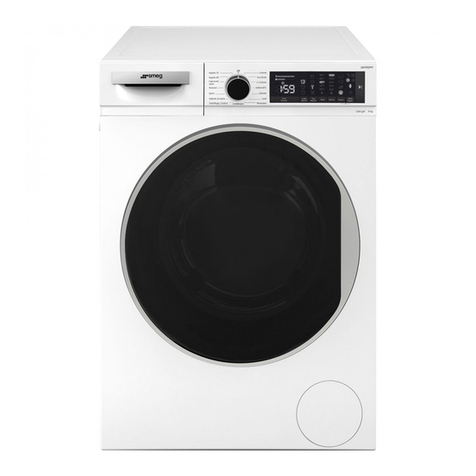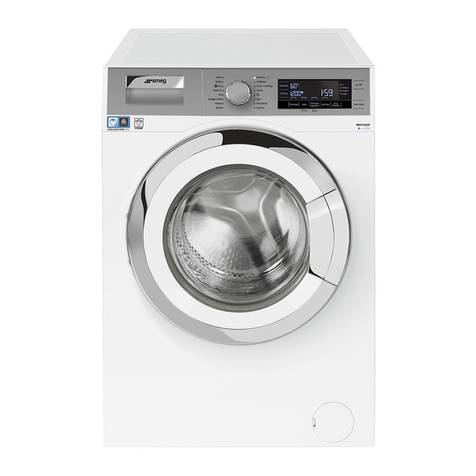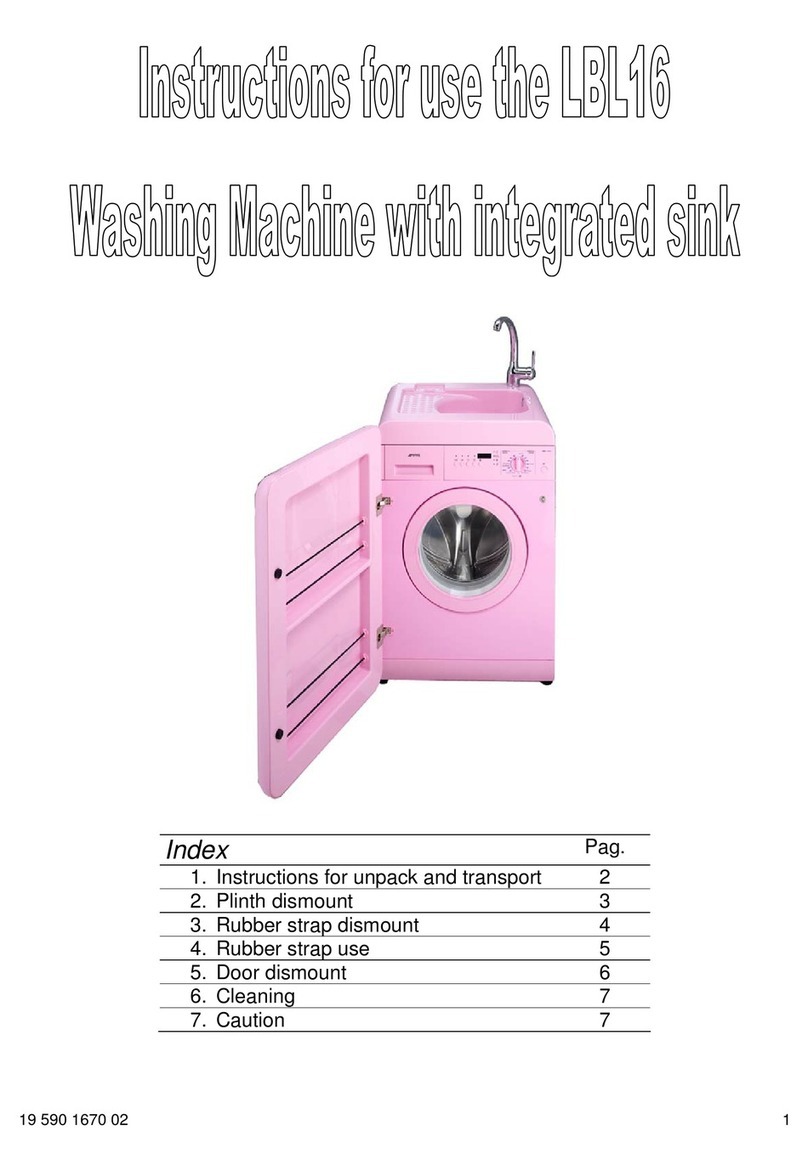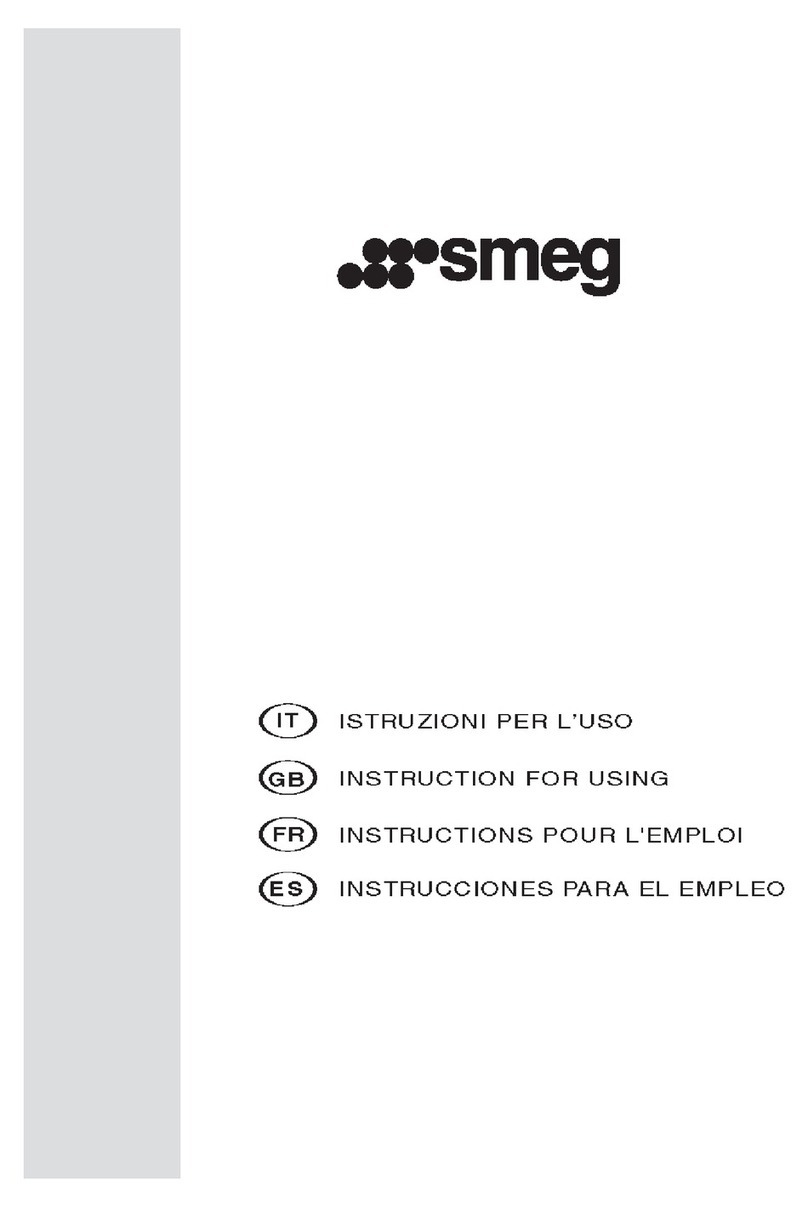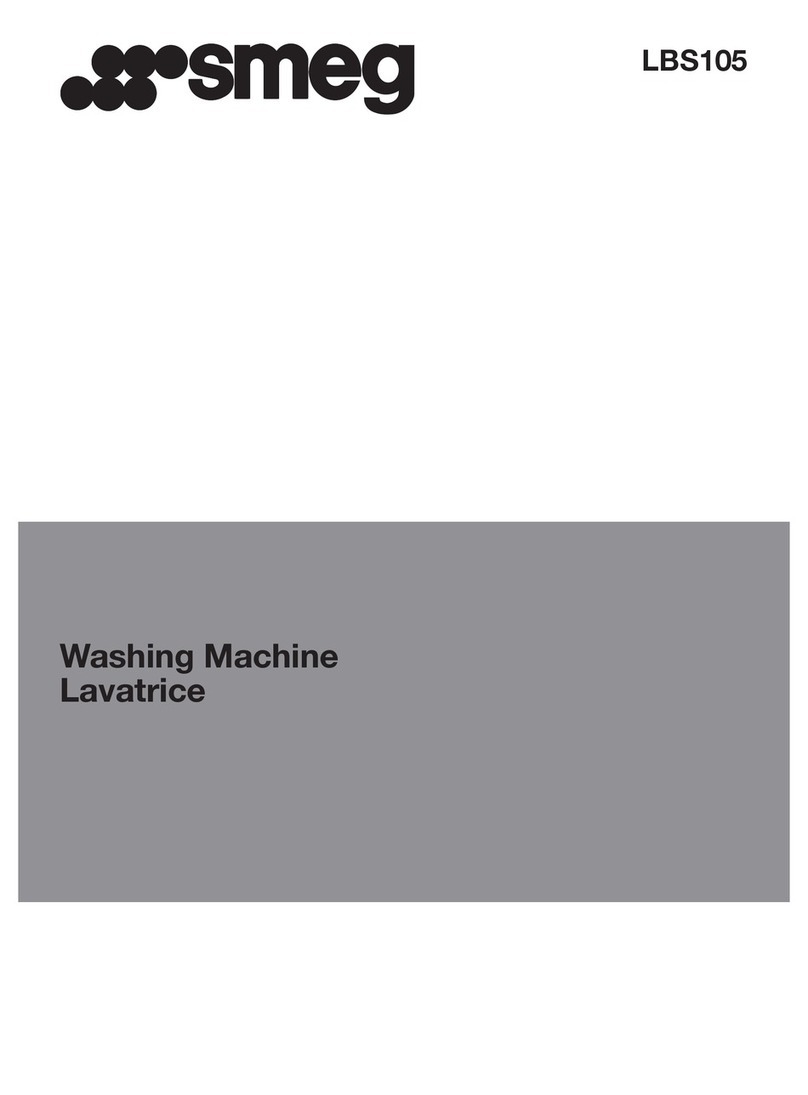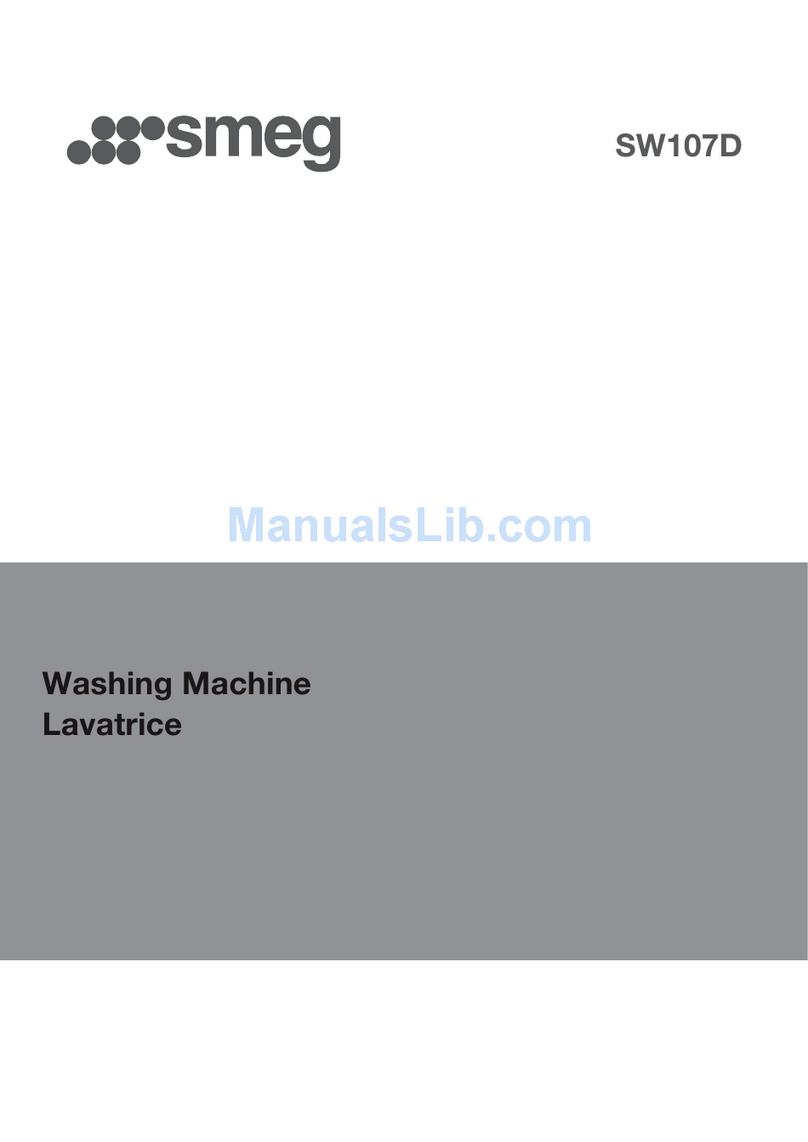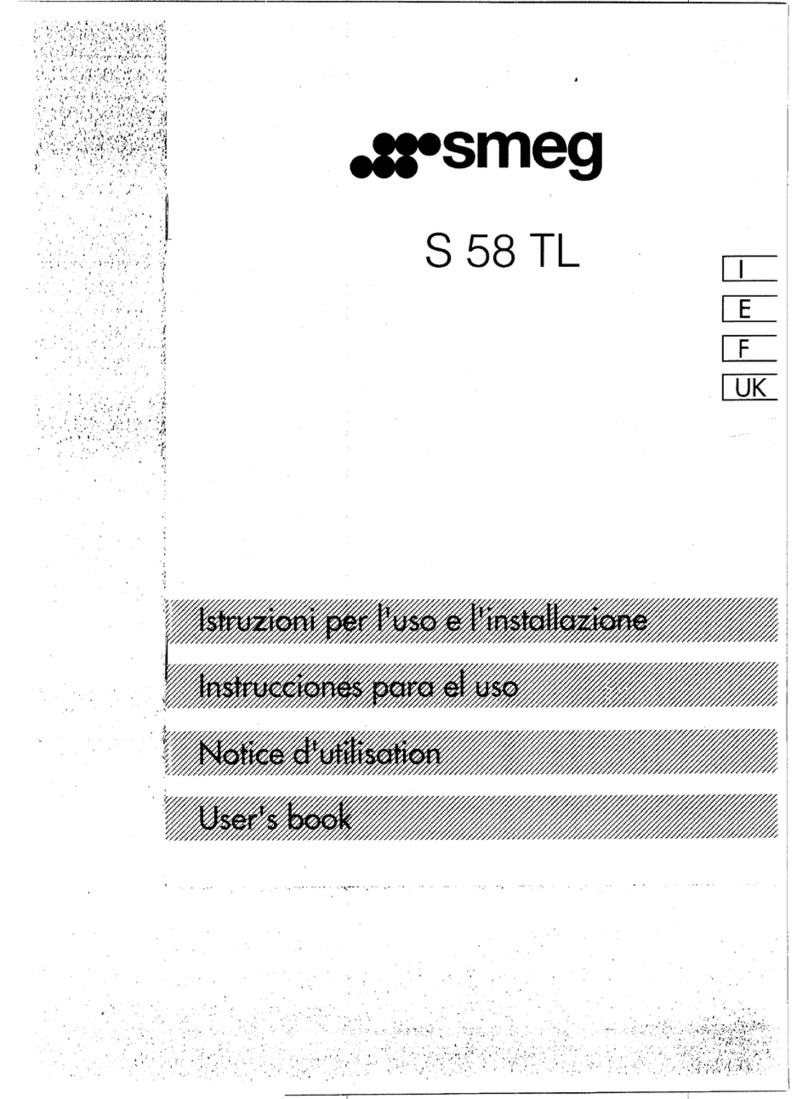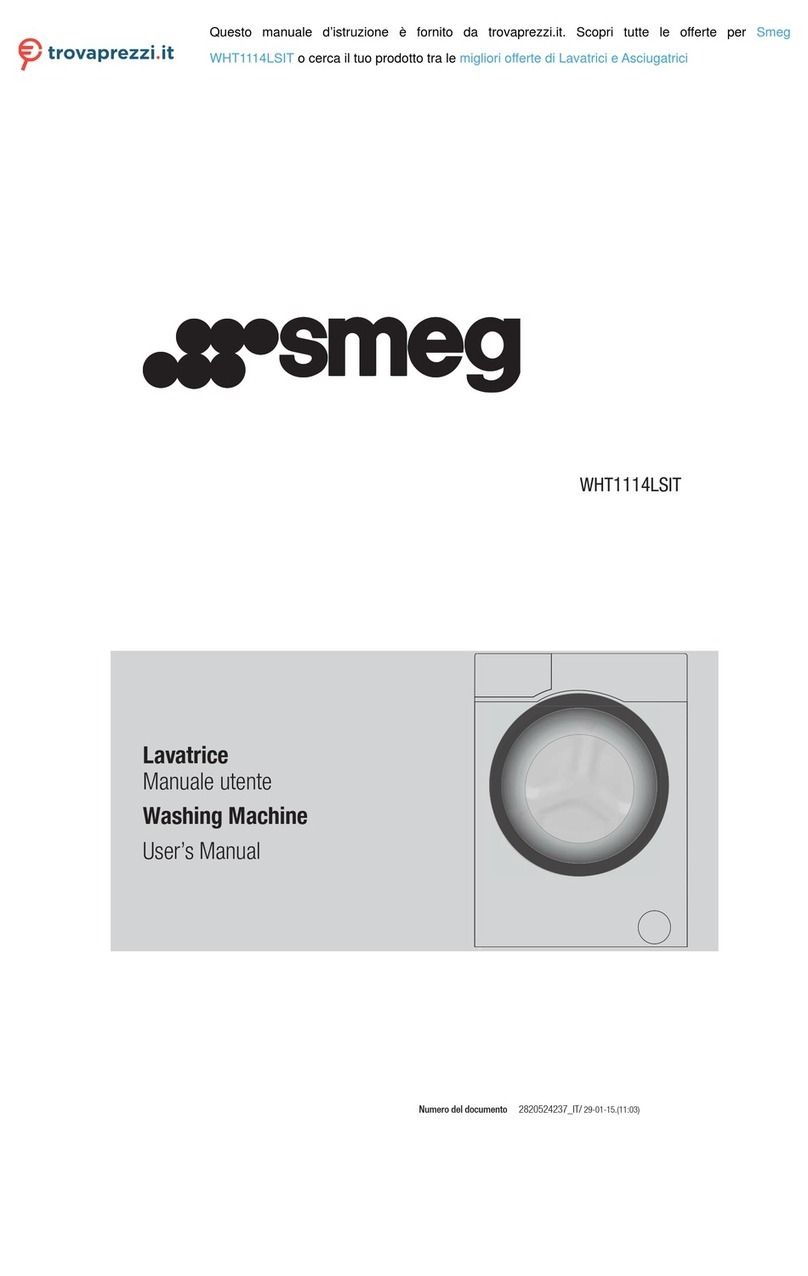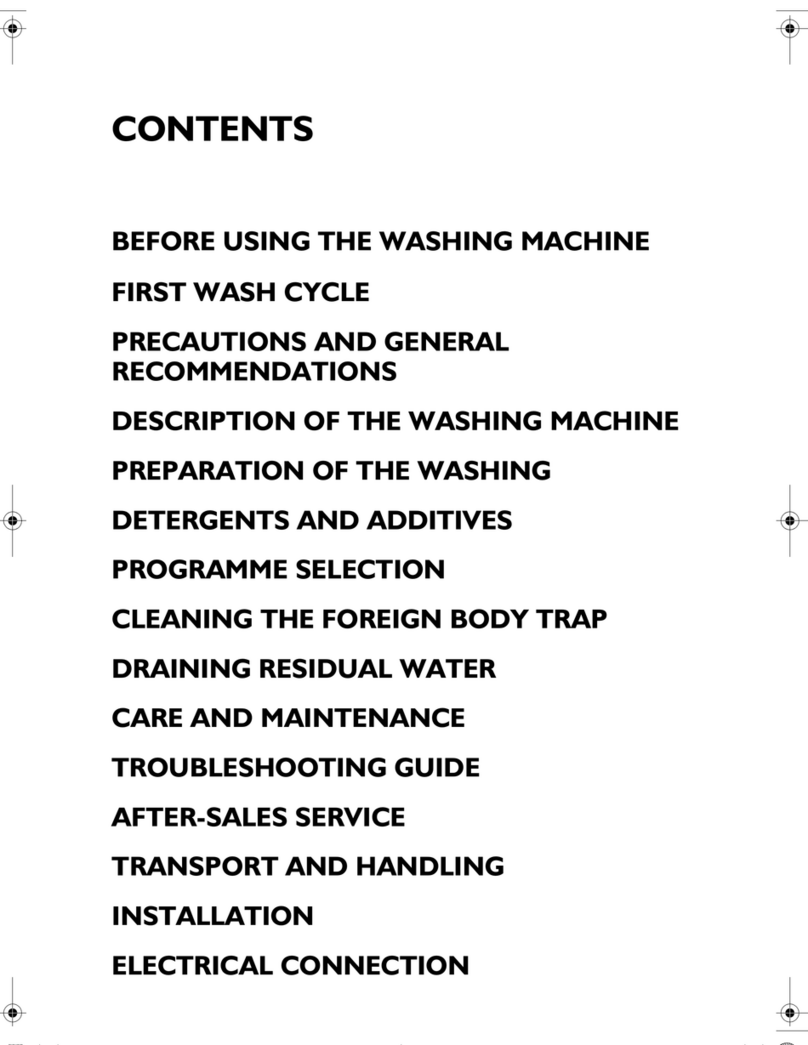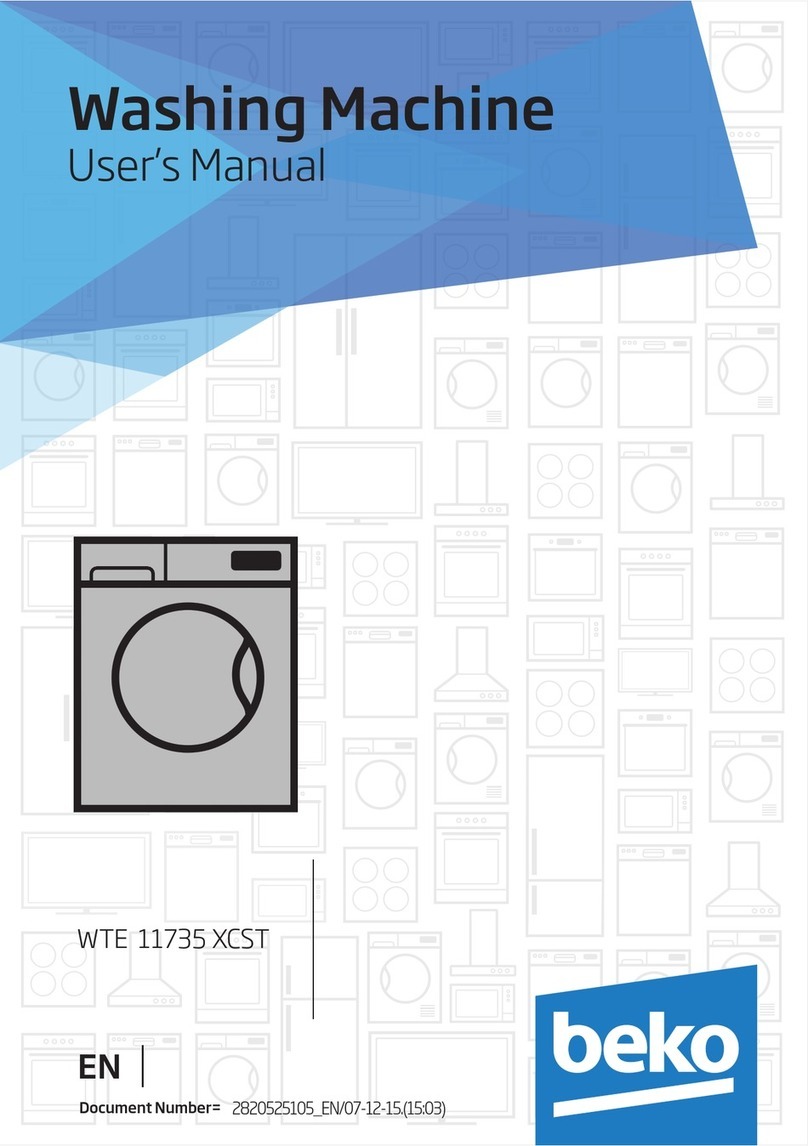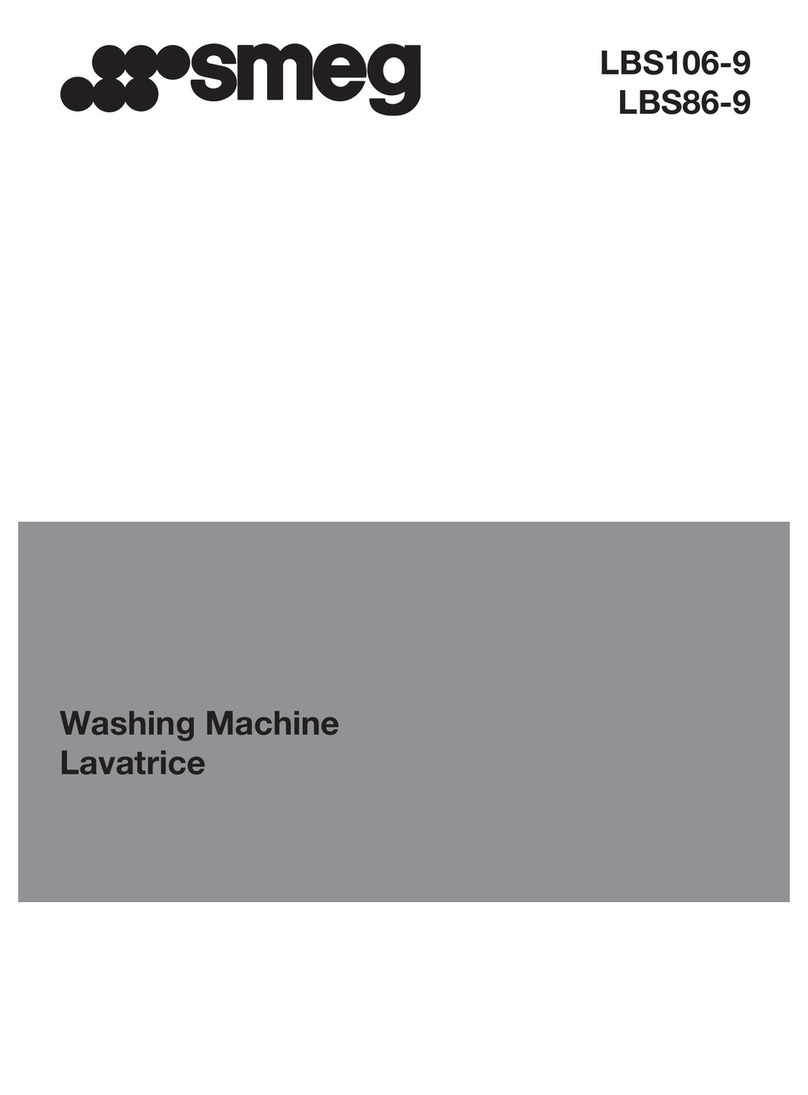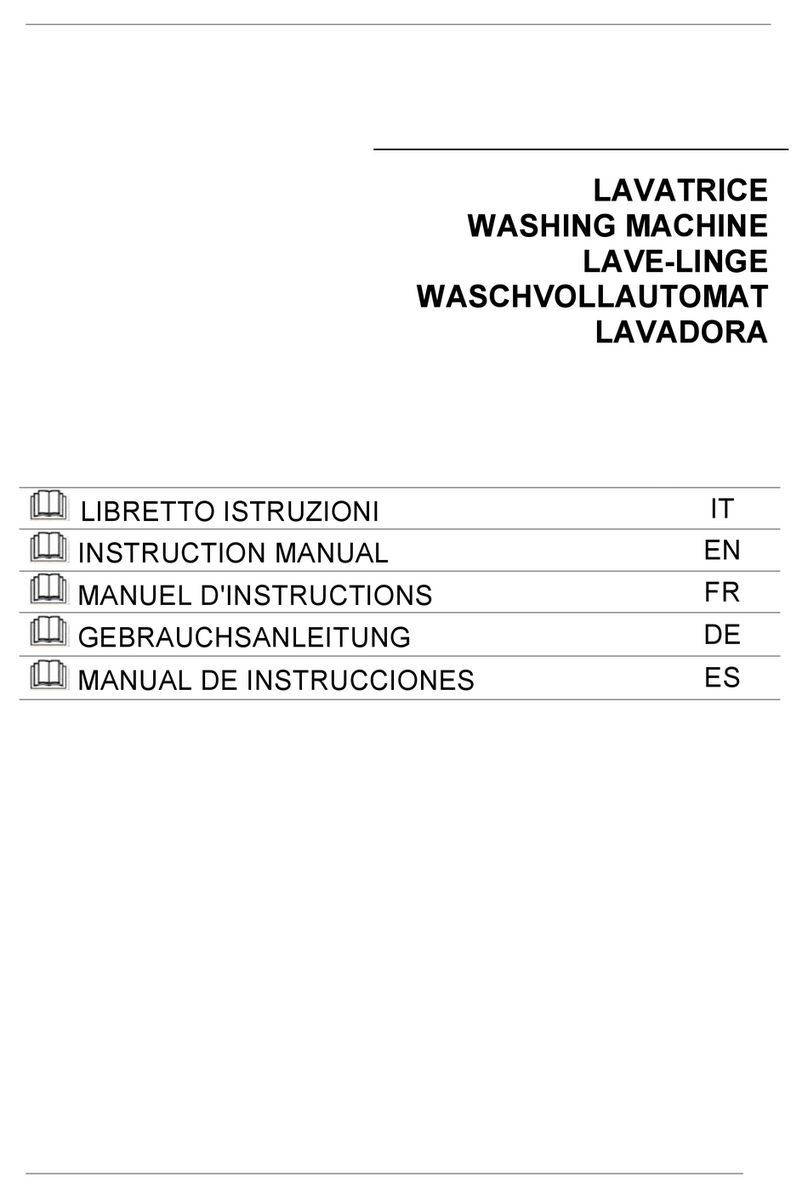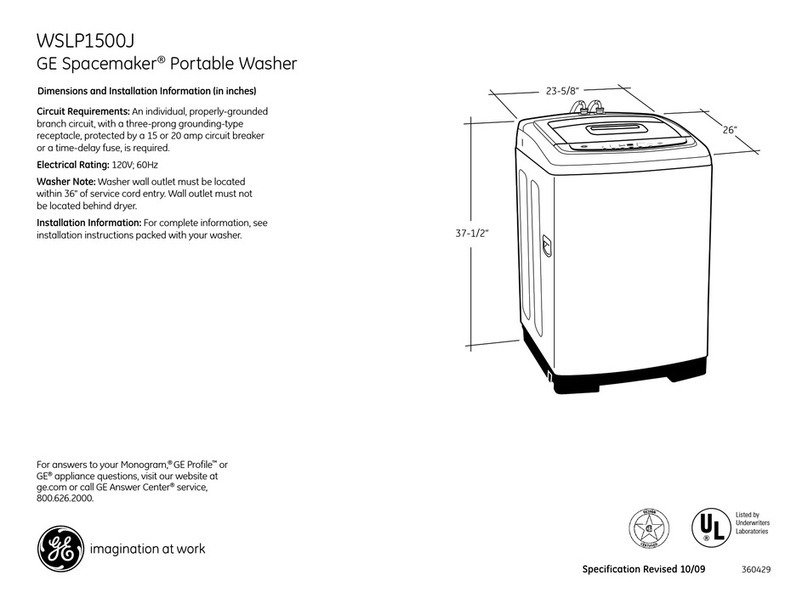CONTENTS
1READ THE USER MANUAL WITH CARE ....................................................................................................................... 4
2KEY TO THE SYMBOLS USED IN THE MANUAL AND ON THE APPLIANCE ................................................................... 5
3INTENDED USE ........................................................................................................................................................... 6
3.1 DEFINTITION: “RESPONSIBLE AUTHORITY” IN RELATION TO THE DEVICE ........................................................ 6
3.2 STANDARD 15883.............................................................................................................................................. 7
4WD –MODELS............................................................................................................................................................ 8
5GENERAL WARNINGS ................................................................................................................................................. 9
5.1 ACCESSING AND REUSING THE DEVICE AFTER AN INCOMPLETE CYCLE ......................................................... 10
6GENERAL OPERATING INSTRUCTIONS .................................................................................................................... 11
6.1 POWERING ...................................................................................................................................................... 11
6.2 CONTROLS ....................................................................................................................................................... 11
7FUNCTIONING .......................................................................................................................................................... 12
7.1 HOW TO OPEN THE WASHING CHAMBER DOOR .......................................................................................... 12
7.1.1 MANUAL DOOR RELEASE PROCEDURE ....................................................................................................... 13
7.2 SIDE CABINET DOOR OPENING - only if present ............................................................................................. 13
7.3 HOW TO CONDUCT A WASHING/DISINFECTING CYCLE .................................................................................. 14
7.4 HALTING A PROGRAM IN PROGRESS ............................................................................................................. 15
7.5 PERFORMING A STAND-ALONE DRYING CYCLE ............................................................................................. 15
7.6 PRINTING OUT THE LAST CYCLE PERFORMED................................................................................................ 16
7.7 POSTPONING THE CYCLE START ..................................................................................................................... 16
7.8 SECURITY POLICY, USER AND SUPER USER PASSWORDS ................................................................................ 16
8COMMISSIONING INSTRUCTIONS ............................................................................................................................ 18
8.1 USING THE WATER SOFTENER ........................................................................................................................ 18
8.2 USING DETERGENTS ........................................................................................................................................ 18
8.2.1 LIQUID DETERGENT INTAKE SYSTEM .......................................................................................................... 18
8.2.2 GENERAL PRECAUTIONS FOR DETERGENTS................................................................................................ 19
8.3 HOW TO REGULATE THE WASHING PRESSURE IN THE SPRAYING ARMS ....................................................... 20
9LOAD PREPARATION ................................................................................................................................................ 21
10 WASHING PROGRAMS - DESCRIPTION..................................................................................................................... 22
10.1 WASHING AND DISINFECTING PROGRAMS FOR OPERATING THEATERS ........................................................ 22
10.2 PARAMETRO DI TERMODISINFEZIONE A0....................................................................................................... 23
11 ABBREVIATIONS LEGEND ......................................................................................................................................... 24
12 ALARMS MESSAGES ................................................................................................................................................. 25
13 CLEANING AND MAINTENANCE ............................................................................................................................... 30
13.1 CLEANING THE DEVICE AND ITS PARTS ........................................................................................................... 30
13.2 DRYING AIR FILTER - only if present ................................................................................................................ 32
